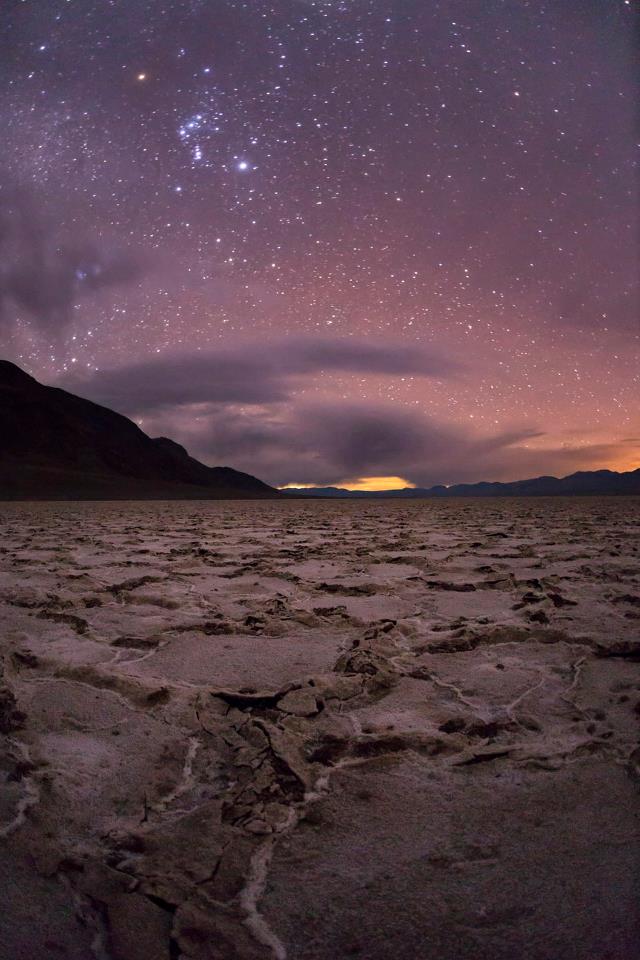Awe-Inspiring Photo: Death Valley Goes Dark


Death Valley isn't just famous for being one of the hottest, driest and lowest places on Earth — it's also one of the darkest.
Death Valley was recently named the third and largest International Dark Sky Park in the U.S. National Park system. The new designation by the International Dark-Sky Association is the highest they offer. It means that star-gazers can view night sky objects only visible in the darkest skies on the planet.
Death Valley is naturally dark at night, and the National Park Service has been pushing in recent years to curb light pollution to make it even darker. The park recently improved external lighting at facilities in some areas, which reduced energy consumption, sky glow and glare. Visitors can spy the skies using high-powered telescopes during monthly events hosted by park rangers and astronomy clubs.
Death Valley averages less than 2 inches (5 centimeters) of rainfall a year, so chances are good for clear skies across the park's 3.4 million acres in California's Mojave Desert.
Of course, chances are also good that the park will be hot. In 1917, the park had a record 52 days with temperatures over 120 degrees Fahrenheit (48.8 degrees Celsius), including a 43 consecutive-day stretch over 120 F. So pack plenty of water along with your sense of wonder.
Follow OurAmazingPlanet for the latest in Earth science and exploration news on Twitter @OAPlanet. We're also on Facebook & Google+.
Get the world’s most fascinating discoveries delivered straight to your inbox.


